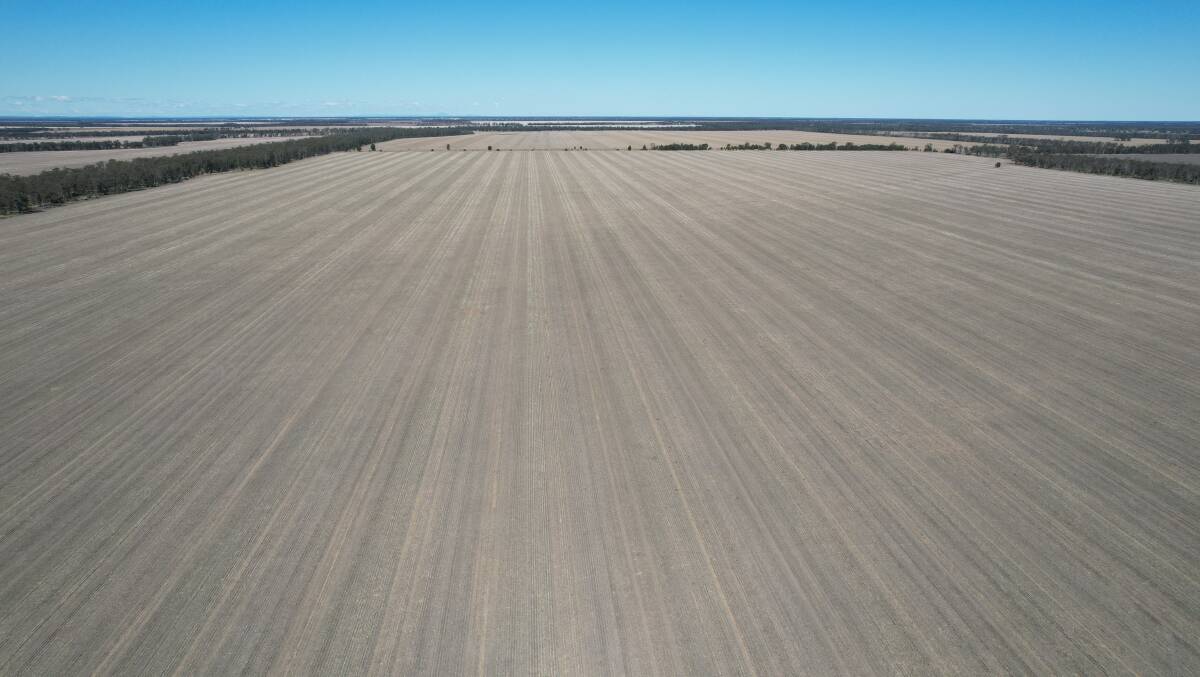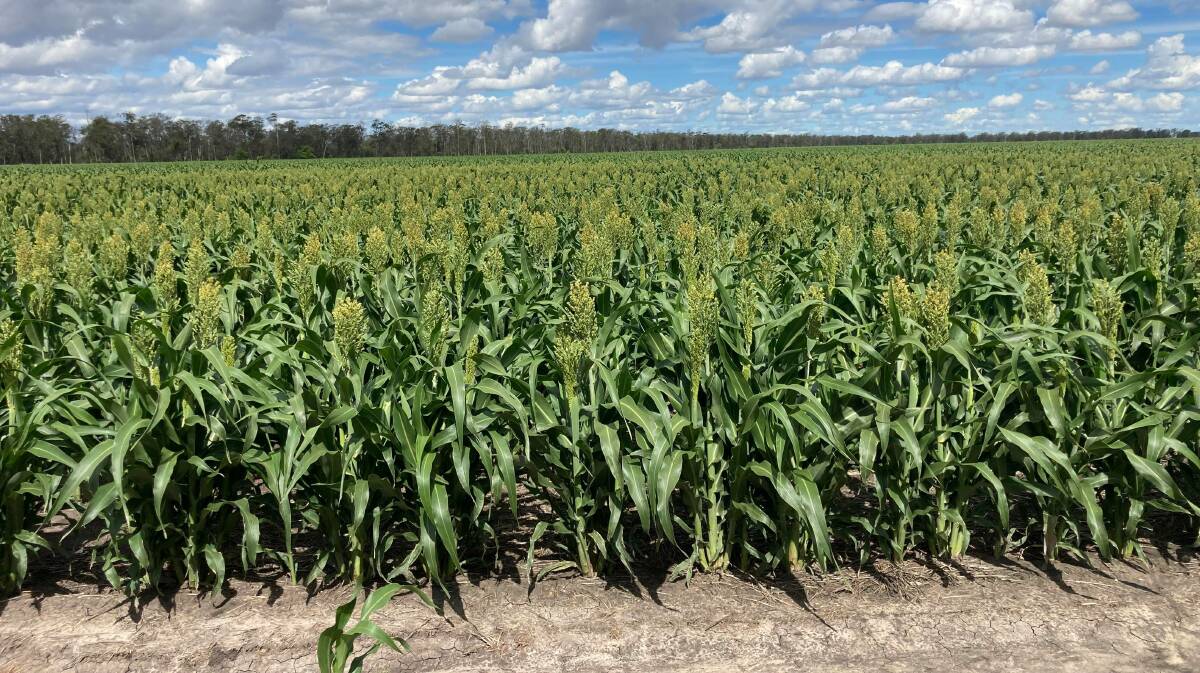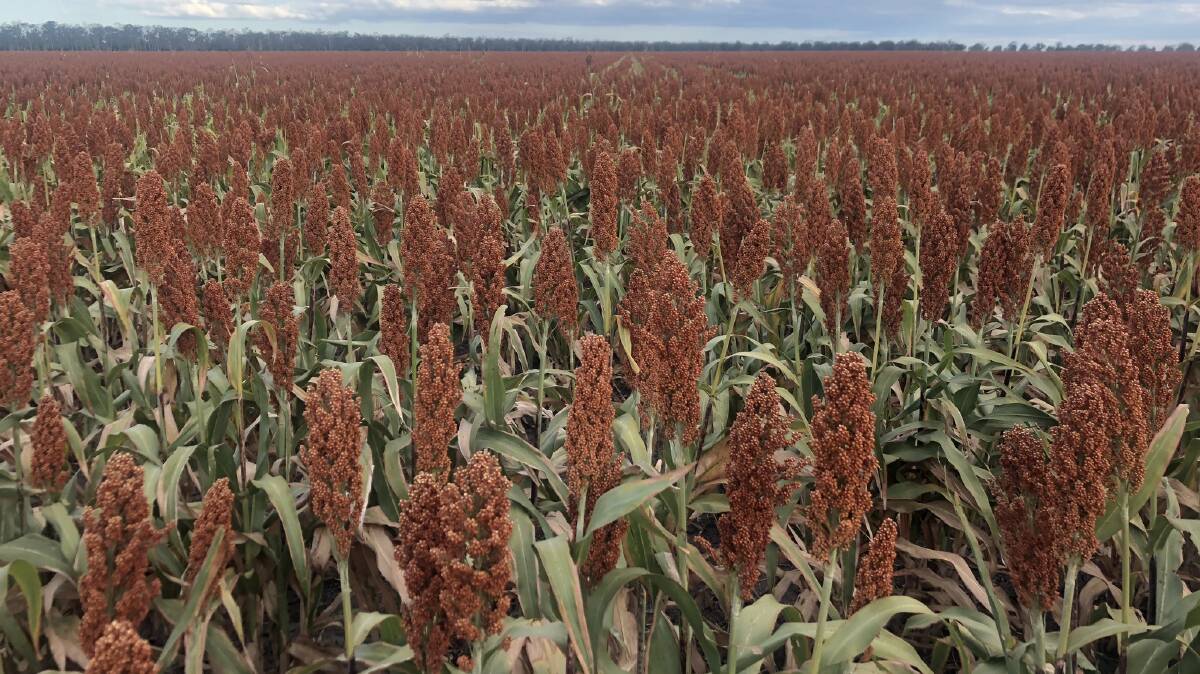
A 'GOLDEN Triangle' property made famous by King Charles III has hit the market after 120 years of family ownership.
Subscribe now for unlimited access to all our agricultural news
across the nation
or signup to continue reading
Located on the Newell Highway 48km from Moree, NSW, the property aggregation comprises of the 1879 hectare (4643 acre) Terlings and the 1385ha (3447 acre) Dundenoon.
The aggregation is expected to attract offers northwards of $35 million.
Terling is well known for its royal connection. Industry identity Sinclair Hill hosted his friend King Charles III, then the Prince of Wales, there in 1981.
The properties have been owned by Mr Hill's daughter Carina Shannon, and her husband Ed Shannon since 2019, in addition to their Upper Hunter farming assets.
On 2003, the Hill family also hosted King Charles III's son Prince Harry on their Mitchell, Qld, property Toolumbilla.

The aggregation is described as an institutional-grade cropping and grazing enterprise with the potential for ecological offsets.
Tom Shannon said the enterprise has gone from predominantly fine wool production to a bullock backgrounding operation, and in more recent times the extensive development of Terlings for grain, cereal and legume production.
The aggregation is 71 per cent arable and has been managed with a winter and summer cropping rotation including barley, wheat, canola, sorghum and chickpeas.
The soils are a mix of black, brown, and red self-mulching clays.
About 150 cows have also been run on the aggregation.
Water is sourced from double frontage to Nee Nee Creek, dams and a bore that supplies a reticulated system.
Other infrastructure includes 550 tonnes of elevated grain storage, a 1200t grain bunker, multiple machinery and hay sheds, and an air strip.
Terlings features a federation style seven bedroom homestead while there is a four bedroom Queenslander homestead on Dundenoon.

There may also be significant scope for biodiversity following preliminary studies conducted by the Biodiversity Conservation Trust.
The studies have identifying environmental habitats for koalas and endangered tree species. There have also been sightings of vulnerable species such as the glossy black-cockatoo, painted honey eater and five-clawed worm-skink.
LAWD director Tim Corcoran said there was the flexibility to subdivide the 900ha (2224 acre) environmental area.
"We anticipate strong interest from both institutional investors and expanding local farming enterprises given the scale of this opportunity and its location in a renowned cropping area," Mr Corcoran said.
Both properties are being sold by LAWD as a whole or as separate assets though expressions of interest process that closes on July 13.
Contact Tim Corcoran, 0407 893 935, or Col Medway, 0428 481 243, LAWD.



